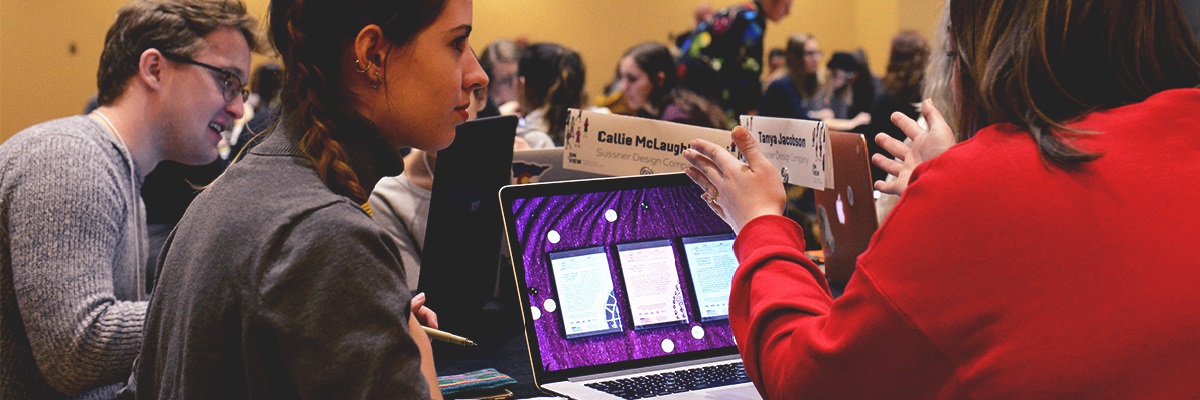Portfolios

A professional portfolio is a collection of your best work samples that can be presented to employers either electronically or in a hard copy form. Portfolios are a tool that individuals can use during their job search and interviews to ensure that employers have a thorough understanding of their skills and abilities. Portfolios are not just for design and art fields-all job seekers can benefit from having a portfolio!
For additional information, check out our Portfolio Handout (PDF) and Design Portfolios Handout (PDF).
What to Include
- Resume
- Writing samples
- Computer work
- Awards
- Transcripts
- Class projects
- Goal statements
- Documents created at internships
- Student leadership examples
Electronic Portfolios
Electronic portfolios can be created by loading work samples into a web site. The URL for a web portfolio can be put on your resume allowing an employer to view your work before or after an interview. Here are samples and an online portfolio tool:
Hard Copy Portfolios
Hard copy portfolios include copies of your work placed into a professional looking binder. It is intended for use during an interview where items are shared while answering questions so employers see real examples of your skills and accomplishments.
- Sample Portfolio (PDF)
- Sample Portfolio 2 (PDF)
Portfolio Tips from Professionals
- “The digital portfolio is more the norm now, but always have a backup printed.”
- “What were some of the challenges you experienced? Employers want to see how you problem solve. Even if there were things that didn’t go well, talk about that. Don’t assume that it was a failure. Talking about it can illustrate to the employer how you move past it and problem solve.”
- “Done is better than perfect. Just get it out there. Missing out on an opportunity because you want your portfolio to be perfect doesn’t serve you.”
- “Portfolios are not just a collection of stand-alone images, it’s really about displaying a beginning, middle and end…being intentional about the diagrams and drawings you select and bringing them to a level where they clearly tell the story of a project.”